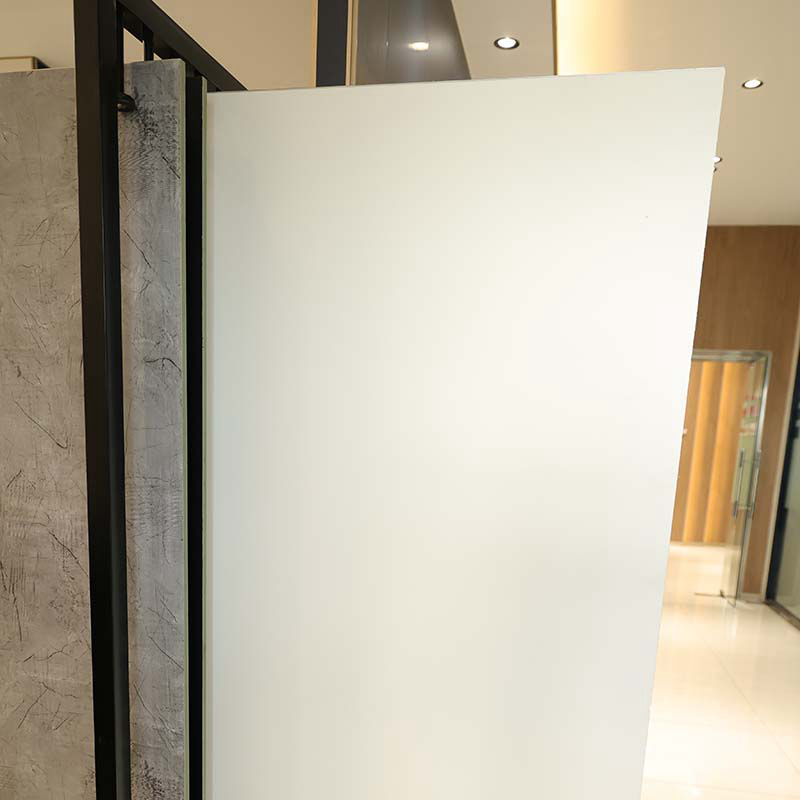As we become more aware of the impact of our daily choices on the environment, many of us are seeking out eco-friendly products for our homes. One area where we can make a significant impact is in our kitchen cabinetry. Traditional cabinetry materials such as wood and MDF (medium-density fiberboard) have a large carbon footprint and can contribute to deforestation. Bamboo cabinetry, on the other hand, is a sustainable and stylish choice that can help reduce our impact on the environment.
Bamboo is a fast-growing plant that is highly renewable and can be harvested without causing damage to the ecosystem. It is also a highly durable material that is resistant to moisture and insects. These qualities make bamboo an excellent alternative to traditional cabinetry materials.
One of the most significant benefits of bamboo cabinetry is its sustainability. Bamboo grows much faster than trees and can be harvested every 3-5 years without the need for replanting. In contrast, traditional wood cabinetry requires the harvesting of slow-growing trees, which can take decades to reach maturity. Bamboo also absorbs carbon dioxide from the atmosphere at a faster rate than trees, making it an effective tool for combating climate change.
Bamboo cabinetry is also a stylish choice for any kitchen. Its unique grain patterns and natural colors give it a contemporary, minimalist look that complements modern design themes. Bamboo can be stained to match any color scheme or left in its natural state for a more organic feel. Additionally, bamboo is a versatile material that can be used in a variety of cabinetry styles, from sleek, modern designs to more traditional, ornate styles.
Another benefit of bamboo cabinetry is its durability. Bamboo is naturally resistant to moisture, so it resists warping and cracking caused by humidity in the kitchen. It is also resistant to insects, such as termites and carpenter ants, which can cause damage to traditional wood cabinetry. Finally, bamboo is easy to maintain and requires no special treatment beyond routine cleaning with a damp cloth.

When considering bamboo cabinetry for your kitchen, it is important to choose a reputable manufacturer that uses sustainable practices. Look for companies that use bamboo from certified sustainable sources and that adhere to strict environmental standards in their manufacturing processes. You may also want to consider the adhesive used in the cabinetry, as some adhesives can contain hazardous chemicals. Look for formaldehyde-free adhesive options to ensure your cabinetry is as eco-friendly as possible.
In conclusion, bamboo cabinetry is a sustainable and stylish choice for any kitchen. Its fast-growing, renewable nature makes it an eco-friendly alternative to traditional cabinetry materials. Additionally, bamboo\’s durability and resistance to moisture and insects make it a practical choice for the kitchen. With the right manufacturer and care, bamboo cabinetry can provide years of beauty and functionality for your home.

PVC partition board (wbt520)
1. Product description PVC partition board, also known as foamed polyvinyl chloride board, has the characteristics of moisture resistance, heat preservation and corrosion resistance, light texture but high hardness, which is not easy to scratch and a...

Carbon crystal plate (wbt660)
product description: What is the material of the carbon crystal plate? The carbon crystal plate is made of natural bamboo powder, calcium powder, new polymer composite material, carbon crystal powder and PVC powder. The raw materials do not contain f...

PVC foam board
PVC foam board is also called Chevron board or Andy board, its chemical composition is polyvinyl chloride, so it is also called foamed polyvinyl chloride board. It is widely used in passenger cars, train car roofs, box core layers, interior decoratio...

PVC building formwork (wbt120)
PVC building formwork is a form of construction material that is used to create molds or formworks for pouring concrete structures. The material is made from PVC (polyvinyl chloride) resin, which is an affordable and durable plastic. The PVC resin is...